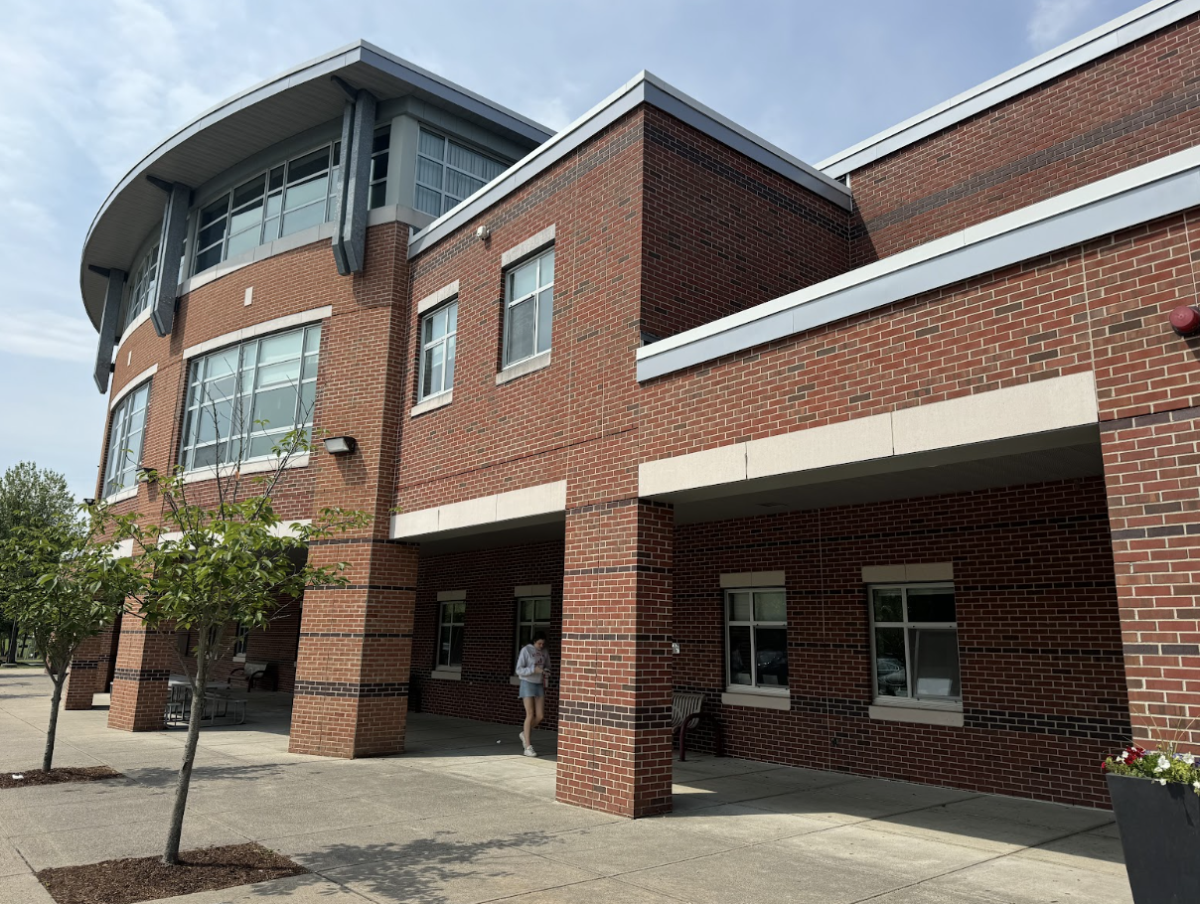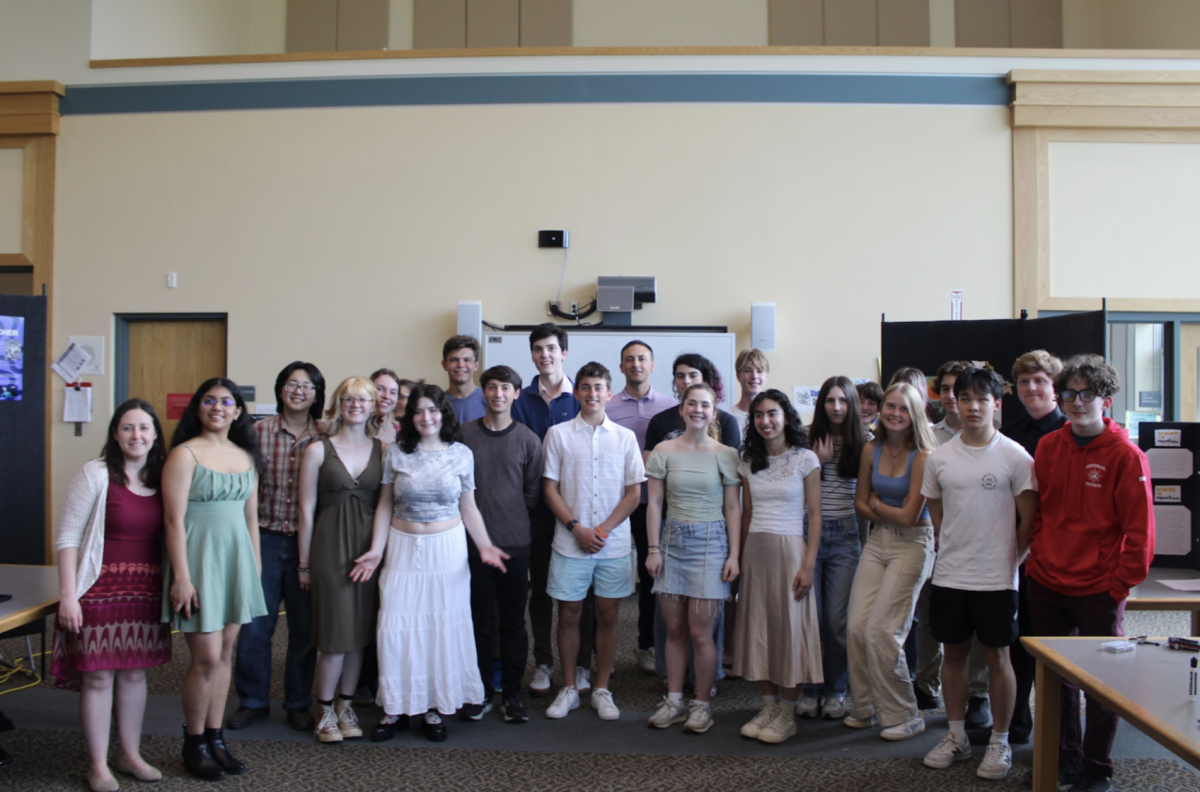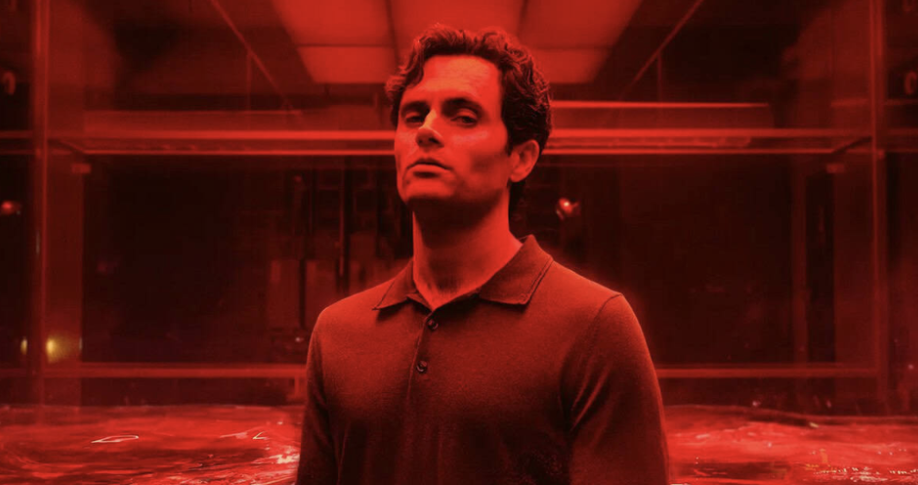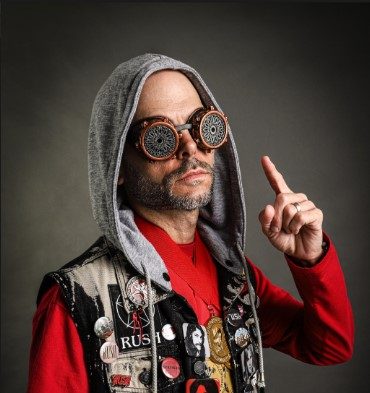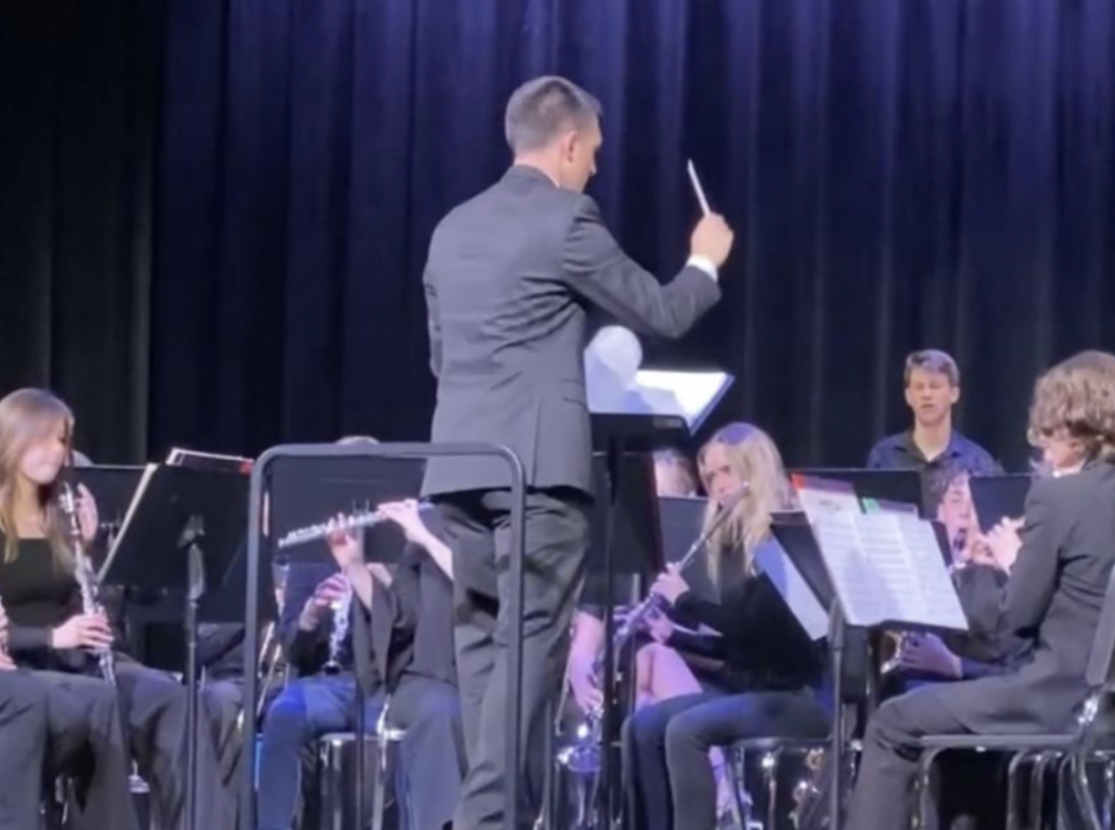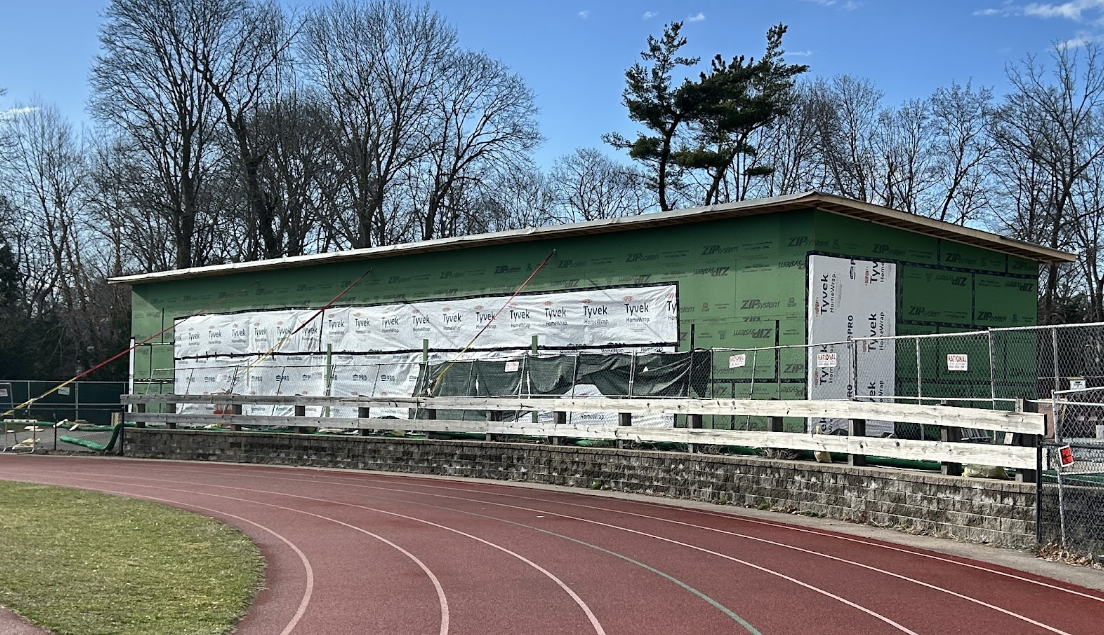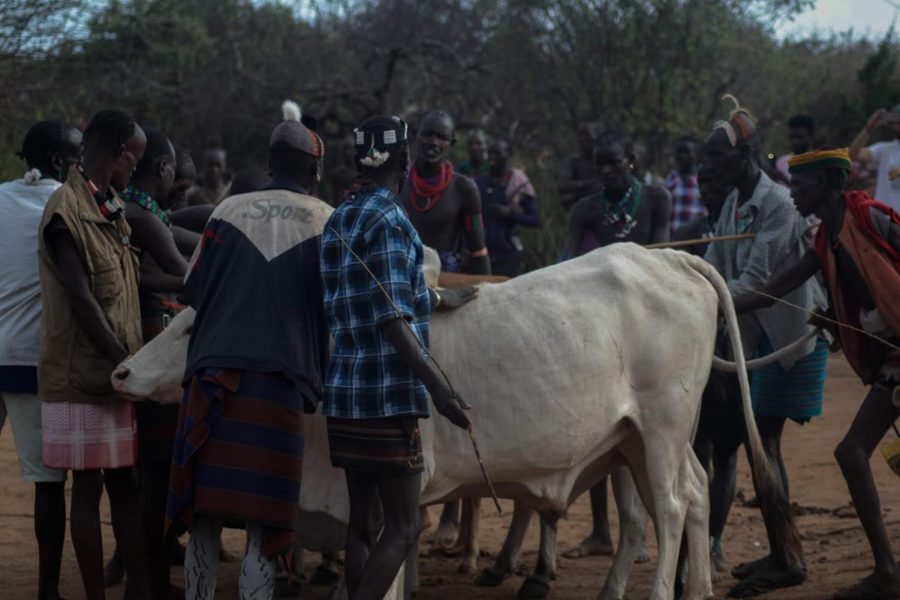Ethiopia: The untold stories of the Omo Valley
The breathtaking sunset on the horizon of Kenya.
December 23, 2018
For hours, the red dust-covered jeep carried us deeper into the heart of Ethiopia. To my right, I saw my people, a group of open-minded travelers just as willing to discover the unknown as I was. To my left, I saw the ongoing horizons of Ethiopia’s Omo Valley, a place that I would soon come to know as truly incredible.
Other students share the same sense of adventure as I do. Freshman Lucas Jefford explains, “I want to get out of the bubble of Hingham and explore places that will open my eyes to new experiences.”
Part one of my journey out of the Hingham bubble described the search for Abynesh, the Ethiopian birth mother of one of my fellow travelers. In this installment, we explore the remote areas of southern Ethiopia.
I wish to share my experiences with the people I have met, the ceremonies I witnessed, and the memories I made in order to relay the rarely told stories of the world inside the Omo Valley.
The Omo Valley is the root of civilization and humanity themselves, holding a fascinating culture of native tribes. Our guide and Omo Valley native Bereket Tadessehave had a deep connection with the place, as he grew up motherless, making the Omo Valley his only sense of family. As a child, Bereket was a guide to tourists, showing them around Jinka, a city in the Omo Valley.
Bereket shared his experiences with me. “I am a person, who grew up like a desert tree, alone without a family, knowing no relatives to raise me or support me as a lonely kid. If it wasn’t for the Omo Valley, the visitors, I wouldn’t even get half [as] close to where I am today,” he said.
The people here do not live like Hinghamites. They live by the earth and from the earth. In contrast to the usual Lululemon or Nike you see around the halls of Hingham High School, the people of the Omo Valley reject the Western idea of clothing. Instead, wraps, animal skins, or greatly worn hand-me-downs given to the people by tourists are worn. I gave most of my clothes to young children on the street, whose eyes lit up because of a simple shirt. To them, however, this piece of clothing was extraordinary.
Even the idea of education and equality is drastically different. In a tribe called Turmi, I met Kero, a girl who was attending school against her father’s wishes. I could tell by her demeanor that she was strongwilled and ready to fight for her right to education.
I was lucky enough to witness a ceremony known as the Bull Jumping. The coming of age ritual has a similar concept to the Jewish tradition of a Bar Mitzvah, but instead of reciting verses from the Torah, a prized young man will face the challenge of jumping over a dozen Bulls while naked.
“This is a right of passage ceremony,” Bereket explained, “that allows a young boy to [enter] adulthood.”
The ceremony started with the women of the family, dressed in colorful jewelry and painted faces. They dance and chanted as the boy whipped them, leaving large gashes in their skin. To my surprise, the woman continued to dance. This was because they did not see this as abusive behavior, but, instead, as a ritual representing the lengths they would go to fight for the boy. Having their bodies scarred was a symbol of unconditional love.
We stood in the village, located deep in the Omo Valley, watching this Omo boy become a man in the eyes of his tribe. This ceremony illustrated the true senses of love and loyalty he had for his family.
We spent that night in the village, laughing, telling stories, and eating exotic foods. It was getting late and the question of where we were going to sleep arose. Bereket announced that we would be camping in the Hamar tribe. And that we did, sleeping under a beautiful starlit sky on mattresses next to a pack of noisy goats. This was an experience I never had before.
The journey continued on a seemingly never-ending drive through the terrain of the Omo Valley, passing giant herds of a donkey, goats, and cattle which were always led by a single boy or girl no older than ten.
In the morning, we stopped in the village of the Maale people, a place where very few foreigners have visited. When entering the village market, I was swarmed by natives of all ages as they stared and pointed. I looked around and realized I was surrounded by a large group of individuals who had no way of communicating with me.
I stood, patient, as they took turns touching my unfamiliar hair, fascinated by my appearance. They continued to follow me around, growing in numbers with every step I took. I brandished my camera in an effort to document this event. However, the Omo people had never seen a camera before. They ran, worried that the strange object was a weapon. After a few moments, they trusted me again and allowed me to photograph them, some even striking poses.
The last village was on the border of Kenya and required us to travel in a carved-out tree, venturing over the rushing waters of the Omo River. The landscape on the other side was surreal. There are rows of metal huts on a bleak and barren plain holding a civilization of people dressed in colorful paint and children fighting to hold our hands. All the woman and children in the village danced and sang for us as a sign of friendship. The sunset that followed over the Kenyan horizon took my breath away.
However, there was darkness in the near future for these tribes. In our travels, I noticed the construction of a future highway through the Omo Valley, a piece of Western technology that goes against everything the tribes stand for. “The government must understand the value of the unique culture here and identify their real needs,” Bereket expressed. “It seems like the government only cares about the tourism income which neglects basic facilities like clean drinking water.”
Bereket concluded by sharing a message to future tourists and newcomers, saying “[The Omo Valley’s] difference is its beauty and the biggest favor people should do is respect and accept, and come there to visit, not to change.”
As our trek through the Omo Valley was coming to a close, I was forced to part with the people and places I had been introduced to. In my next Harbolight installment, my story continues in the northern mountainous terrain of Ethiopia where one little girl and her tribe changed my life. Behina huni!






